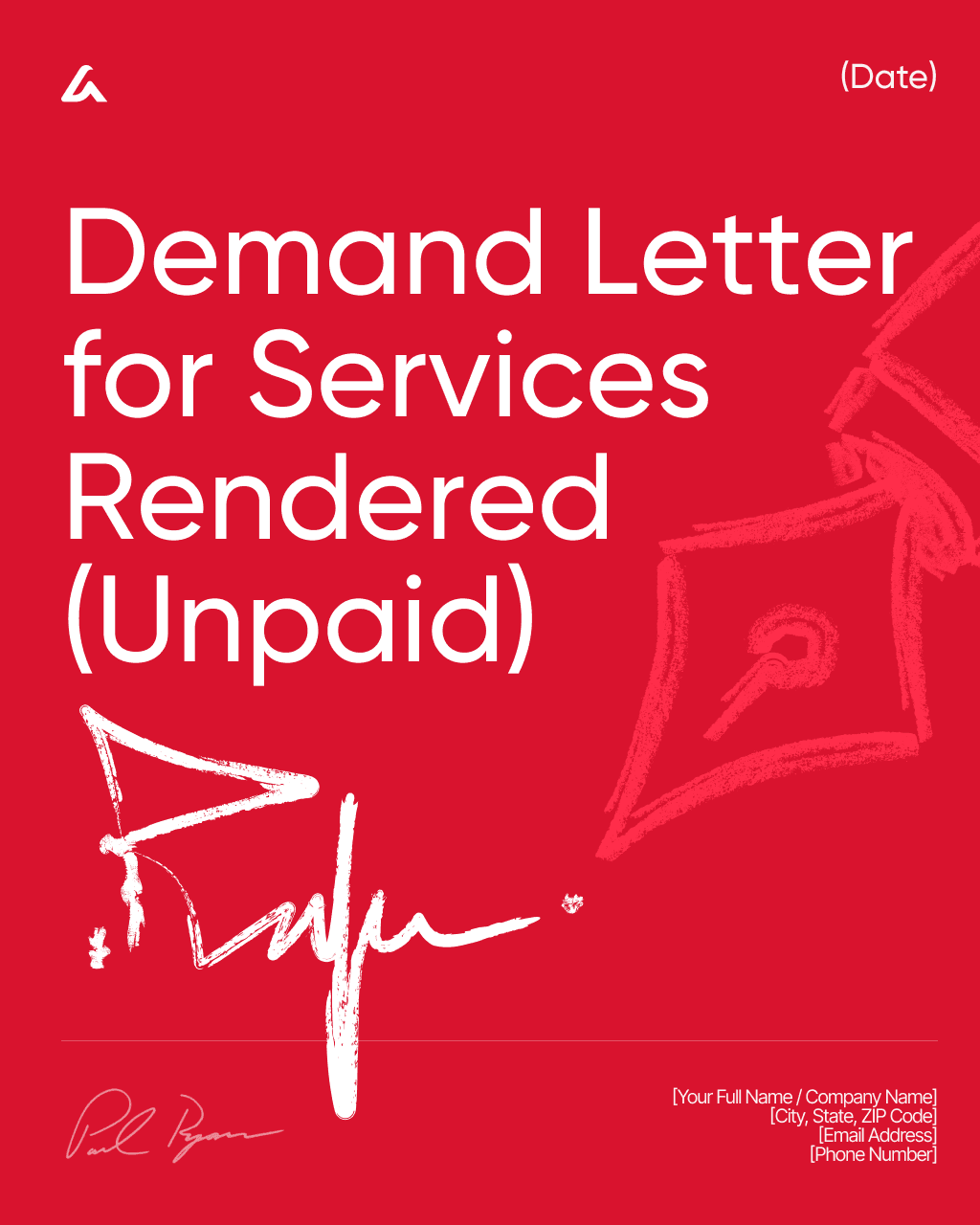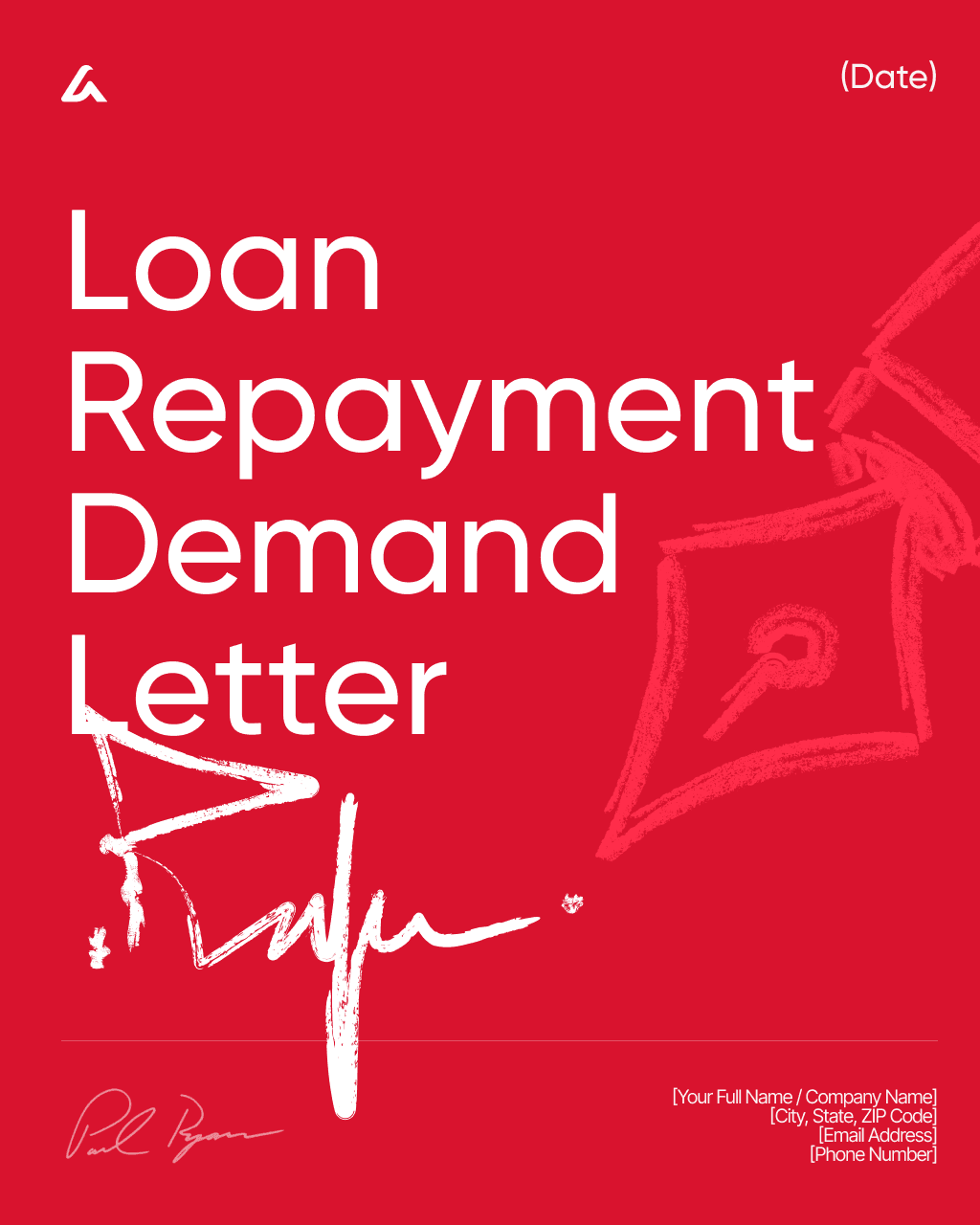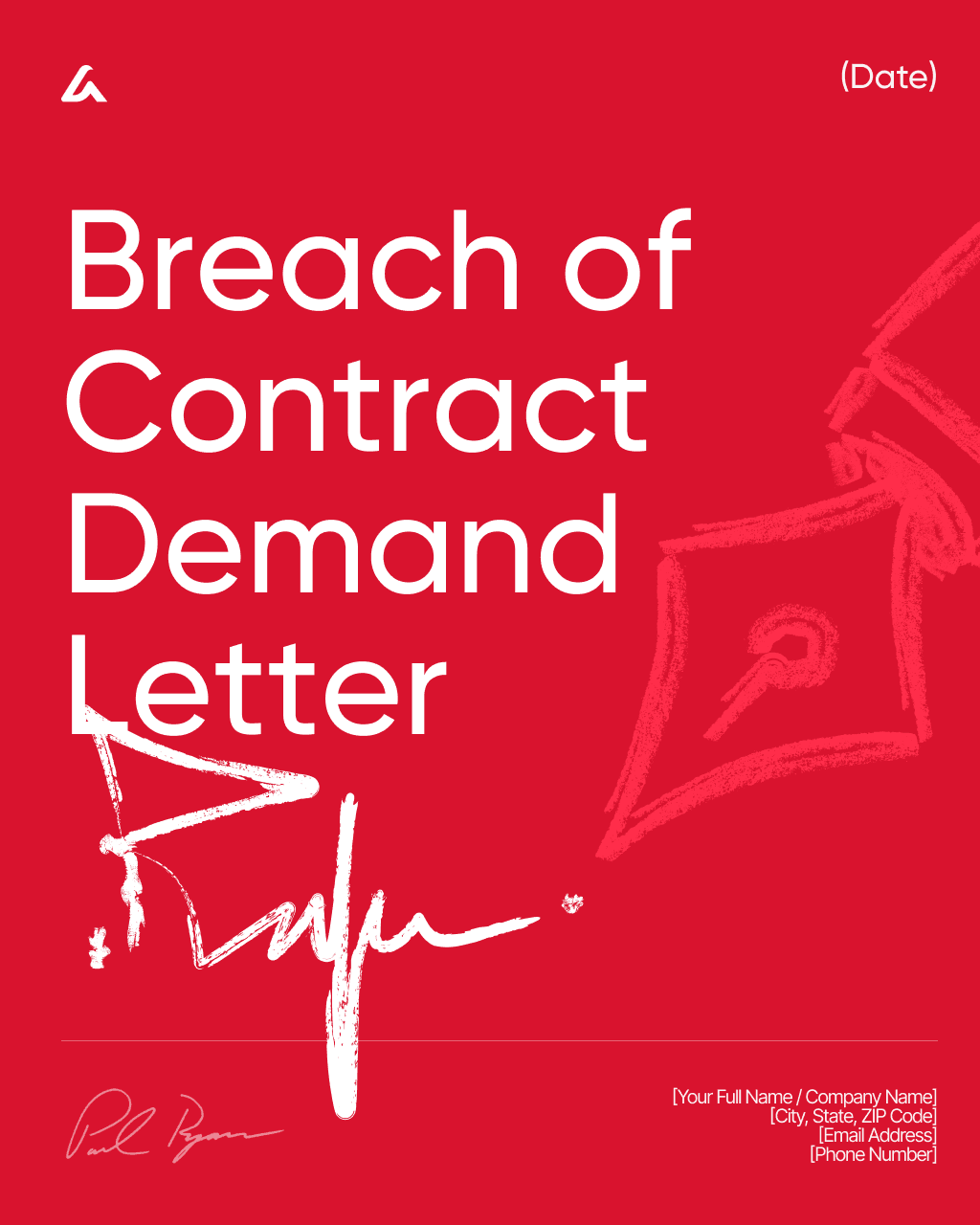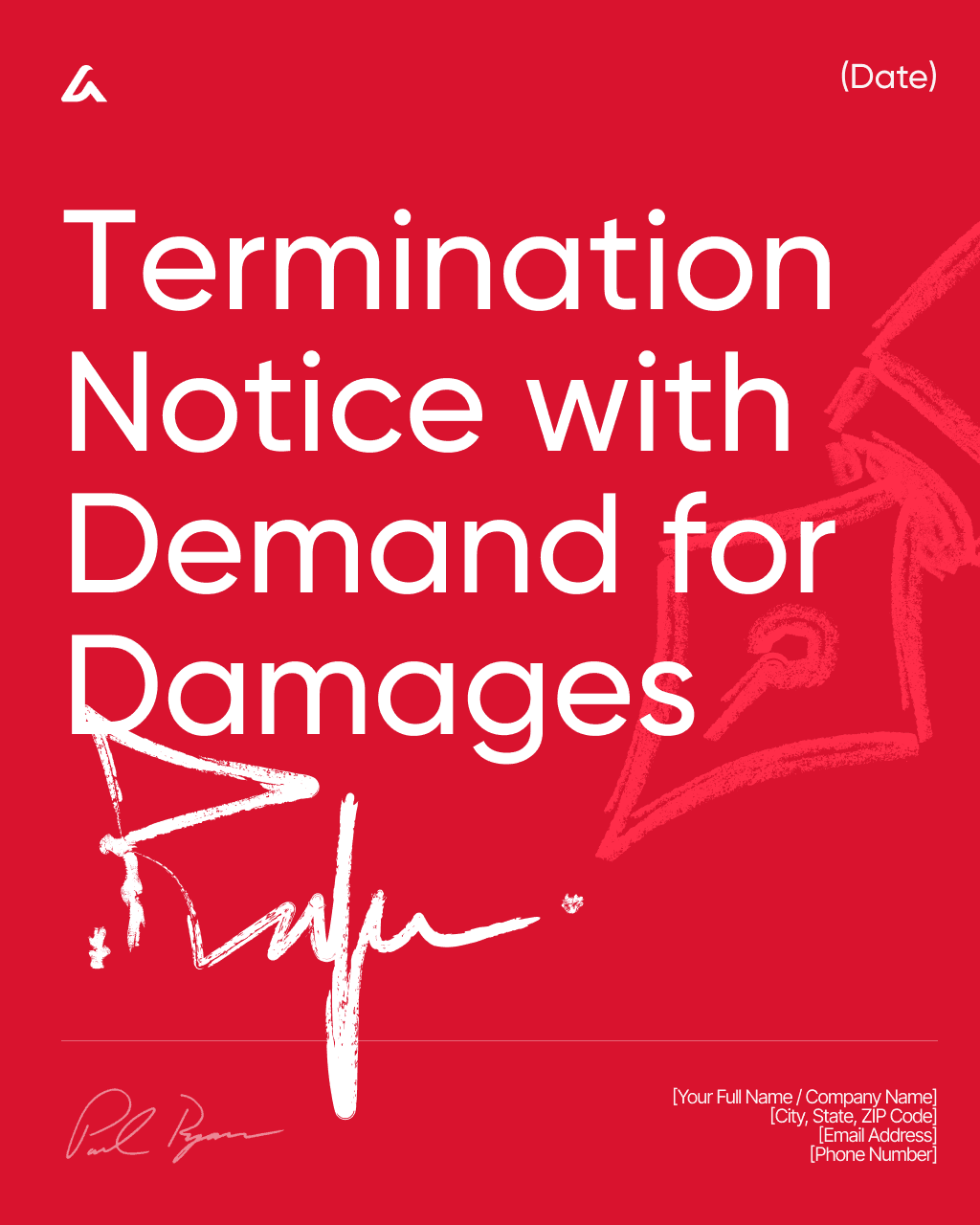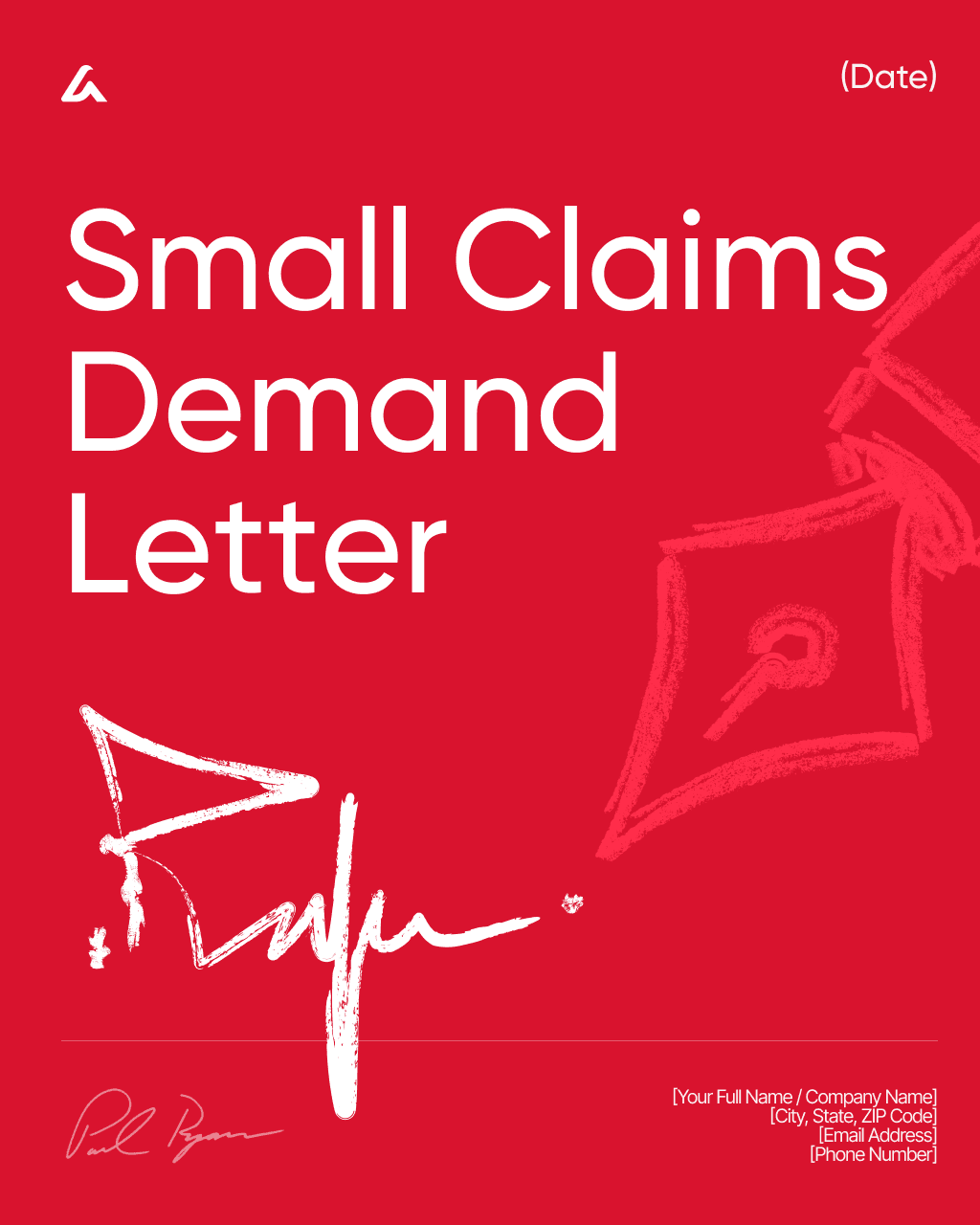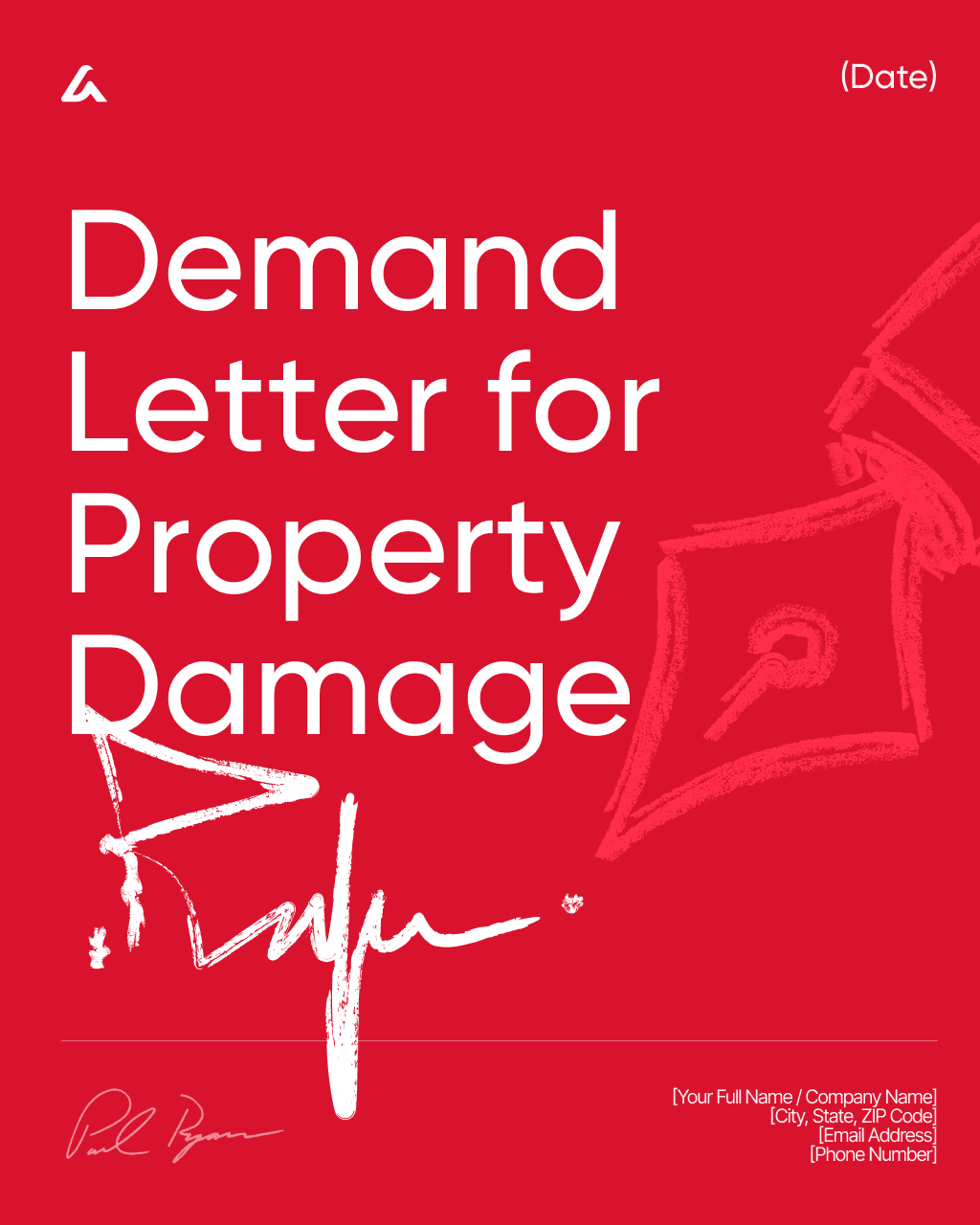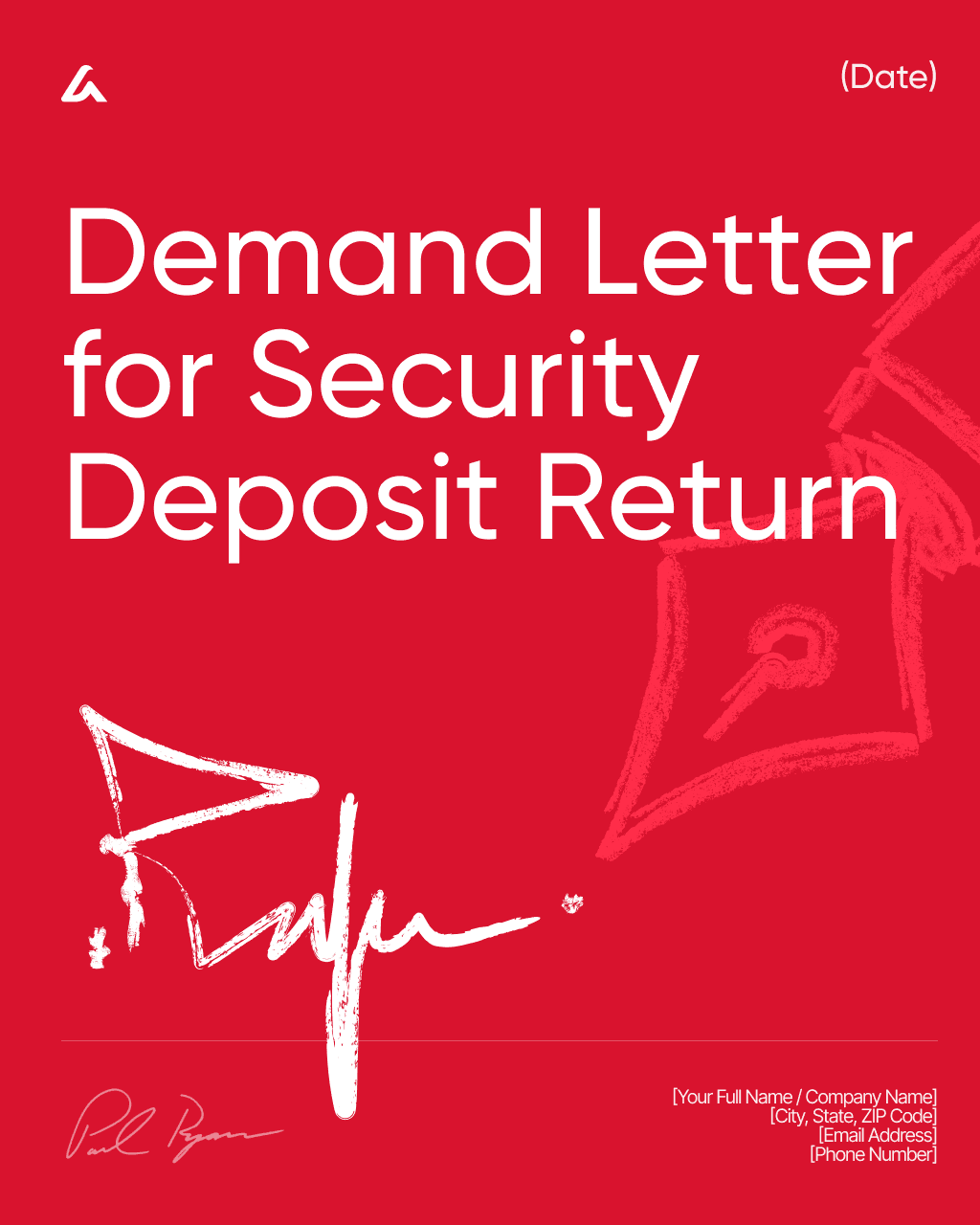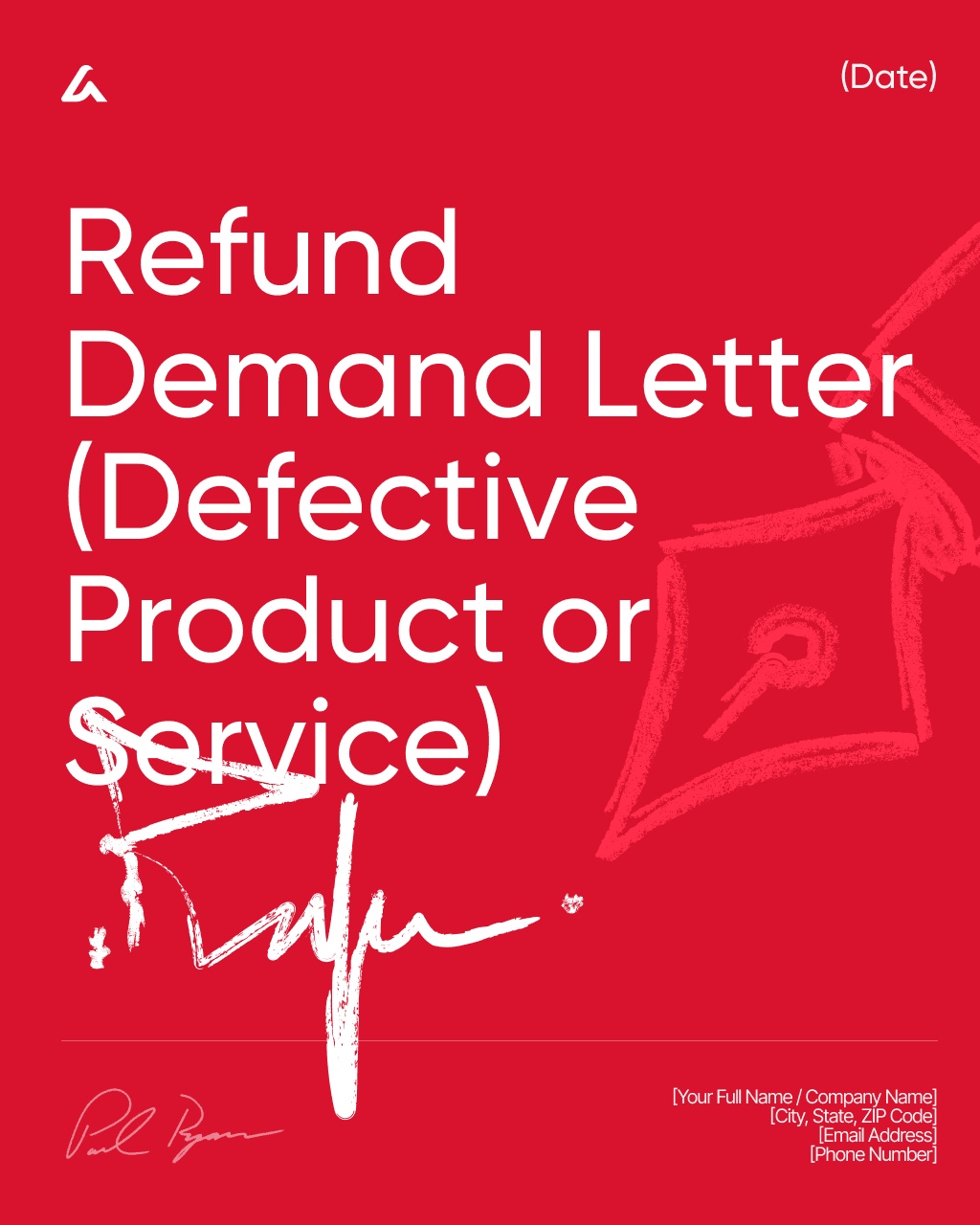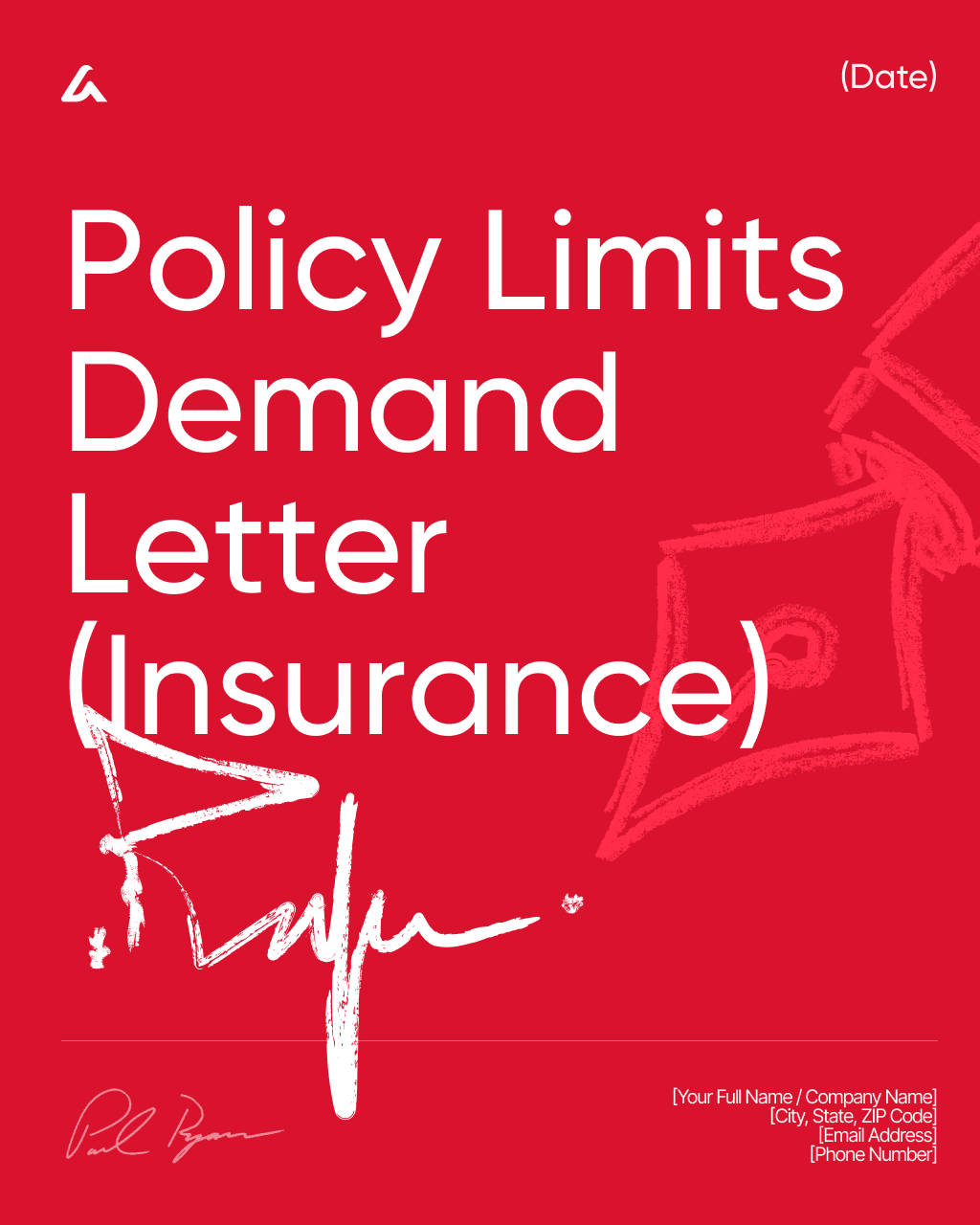Free template
Demand for Payment Template – California
Formally request overdue payments in California and protect your rights with this Demand for Payment Template.
Downloaded 2548 times
Download template
Demand for Payment
From (Creditor):
Name/Company: [Creditor Name]
Address: [Creditor Address]
Email: [Creditor Email]
Phone: [Creditor Phone]
To (Debtor):
Name/Company: [Debtor Name]
Address: [Debtor Address]
Email: [Debtor Email]
Phone: [Debtor Phone]
1. Date and Subject
Date: [Date]
Subject: Demand for Payment – Overdue Account
2. Account Reference
Agreement/Invoice: [Agreement/PO/Invoice No.] dated [Agreement Date].
Goods/Services: [Brief description].
3. Itemized Amount Due
Principal: $[Amount]
Late Fees (if applicable): $[Amount]
Credits/Adjustments: $[Amount]
Total Due: $[Total Amount]
4. Documentation & Statement Copy
Attached: account statement covering [Period], and delivery/performance confirmations, if available.
5. Payment Deadline & Method
Please remit the Total Due by [Final Payment Date] via [Bank/Wire/ACH/Portal] to [Payment Instructions].
6. Good‑Faith Dispute Window
If you dispute any line item, notify us in writing within [X] days, including documents supporting your position.
7. Consequences of Non‑Payment
Absent payment or a documented dispute by the deadline, we may escalate to collections or initiate formal proceedings.
8. Settlement/Plan Option (Optional)
We can consider a short payment plan or reasonable settlement if proposed in writing before the deadline.
9. Communications Channel
Direct all correspondence to [Contact Person] at [Email/Phone]. Please reference the account number on all replies.
10. Proof of Delivery
This letter may be sent by email and tracked mail; a copy of the service record will be retained.
Sincerely,
Signature: __________________________
Printed Name: [Signer Name]
Title/Position: [Title]
Date: [Date]
Flash deal
Flash deal
Today
Today
No time to fill it up? Generate your custom agreement with AI Lawyer in seconds
What’s Included
Legal Research
Legal Research
Legal Research
Contract Drafting
Contract Drafting
Contract Drafting
Document Review
Document Review
Document Review
Risk Analytics
Risk Analytics
Risk Analytics
Citation Verification
Citation Verification
Citation Verification
Easy-to-understand jargon
Easy-to-understand jargon
Easy-to-understand jargon
Details
Learn more about
Demand for Payment Template – California
Click below for detailed info on the template.
For quick answers, scroll below to see the FAQ.
Click below for detailed info on the template.
For quick answers, scroll below to see the FAQ.
California Demand for Payment FAQ
What is a Demand for Payment?
A Demand for Payment is a formal written notice from a creditor to a debtor requesting payment of an overdue amount. It states how much is owed, why the debt exists, and sets a clear deadline for payment before further action is taken.
This document serves as a final reminder before legal or collection steps begin and shows that the creditor made a good-faith effort to resolve the matter. A Demand for Payment also creates a written record that can be used as evidence if the case goes to court.
When to use a Demand for Payment?
A Demand for Payment should be used when someone fails to pay money they legally owe after previous reminders or invoices. It’s often the last step before legal action, giving the debtor a final opportunity to settle the debt voluntarily.
You can use a Demand for Payment for unpaid invoices, loans, rent, services, or damages — anytime you want to formally document your request and show that you’ve acted in good faith before going to court or collections.
What should be included in a Demand for Payment?
A Demand for Payment should include all key details to make the request clear and legally sound. At minimum, it should contain:
Names and contact information of both the creditor and debtor.
Total amount owed and the reason for the debt (such as unpaid rent, invoice, or loan).
Due date for payment and a specific deadline for response.
Payment instructions, including accepted methods and where to send payment.
Reference to the original agreement or invoice, if applicable.
Statement of consequences if payment is not made, such as legal action or added fees.
Signature and date, confirming the demand is official.
Keeping the tone professional but firm helps ensure the letter is taken seriously while maintaining a record of good-faith communication.
What happens if the debtor ignores a Demand for Payment?
If the debtor ignores a Demand for Payment, the creditor may take further legal or collection actions. This can include filing a small claims or civil lawsuit, reporting the unpaid debt to collections, or seeking other legal remedies depending on the amount owed and the type of debt.
Sending a written Demand for Payment first shows that the creditor made a good-faith effort to resolve the issue before going to court — which can strengthen their case if legal action becomes necessary.
What’s the difference between a Demand for Payment and a Collection Notice?
A Demand for Payment is sent directly by the creditor, asking the debtor to pay the amount owed by a certain deadline and warning that legal action may follow. It’s usually the final step before escalating the debt.
A Collection Notice is sent by a third-party collection agency after the debt is already overdue and has been turned over for collection. At this stage, the debtor may face credit impact and additional collection efforts.
So, the key difference is timing and who is contacting you:
A Demand for Payment comes from the person you owe money to — a Collection Notice comes when the debt has escalated.
Similar templates
Other templates from
Letters and Notices Templates
Money back guarantee
Free trial
Cancel anytime
AI Lawyer protects
your rights and wallet
Money back guarantee
Free trial
Cancel anytime
AI Lawyer protects
your rights and wallet
Money back guarantee
Free trial
Cancel anytime
AI Lawyer protects
your rights and wallet
Money back guarantee
Free trial
Cancel anytime



























































































































